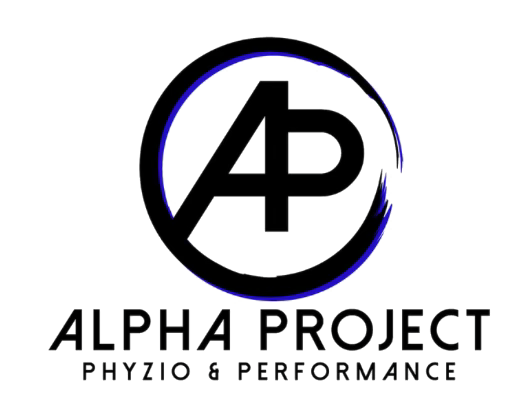Diastasis Recti: Why do I have it?
Diastasis recti is present during pregnancy and sometimes lingers during the postpartum period. During pregnancy, the left abdominal muscles and the right abdominal muscles get further separated from each other than normal as the belly is expanding. After the birthing process, the muscles should come back together to their original position however this does not always happen and women are left with a gap.
When diastasis recti is present, the abdominal muscles are not functioning optimally. This means that the whole core is not functioning optimally. The low back is largely supported by the core muscles which is why low back pain often accompanies diastasis recti. Diastasis can also be associated with the feeling of not being able to breathe deeply. Diastasis recti may be seen with or without other postpartum conditions including leakage and prolapse.
There are some risk factors for developing diastasis recti. These include excess weight gain during pregnancy and carrying multiple babies at one time. Some more risk factors are explored below:
Poor core activation: the quality of your core activation before pregnancy has a lot to do with what happens to the core after pregnancy. Quality core activations includes activating both the deep, horizontal transversus abdominis muscle as well as the other abdominal muscles. Sometimes people overuse their more superficial abdominal muscles or try to suck in their stomach to look skinnier. Unfortunately this creates poor mechanics and puts more force on the core and pelvic floor.
Constipation: pushing and straining is no good for the core and pelvic floor! Spending too much time and effort pushing and straining on the toilet will increase pressure inside of the body. Plug your nose and try to push air out through your nose to get a similar effect.
Breath holding: many people hold their breath when doing daily activities more than they realize. This can include holding your breath while picking up your baby, lifting weights, or rolling over in bed. Similar to constipation, this puts excessive pressure on your core and pelvic floor.
Upper back stiffness: in order for your abdominal muscles to move back together after pregnancy, your body needs to have the mobility to allow this movement to happen. Often the upper back gets tight during pregnancy due to altered posturing then even more afterward due to breastfeeding.
Many women have diastasis recti after their pregnancy. It is not as easy as just doing some core exercise after having your baby. There are underlying lifestyle modifications that must be made. Mobility work must be combined with strengthening. If you have or think you might have diastasis recti and are ready to solve your problem, reach out to us and speak with one of our pelvic floor experts today!

